The fifth wheel or turntable is what the skidplate of a semitrailer rests on, and the kingpin fits inside.
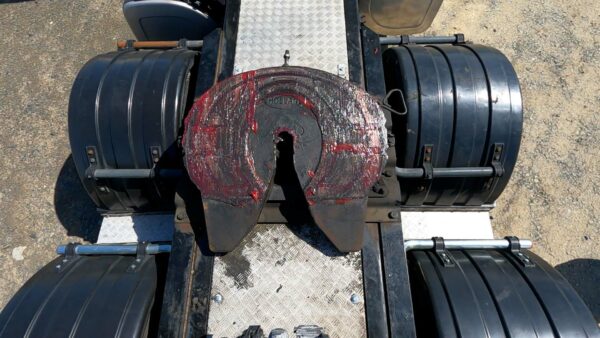
An articulated lorry needs to articulate, and this articulation point is around the kingpin which slots into the centre of the fifth wheel.
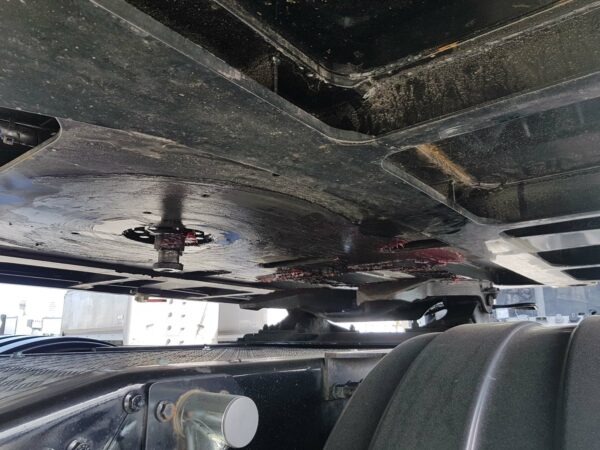
Fifth wheels are usually at a fairly standard height of around 1250mm, but this doesn’t suit all trailers and loads. This is where a dual height fifth wheel comes in handy. On the lowest setting, assuming the semitrailer is compatible, a fifth wheel might give 100mm or more extra headroom for a load. This could be the difference between a large piece of machinery being legal height or over-height.
On the highest setting, this might give a more horizontal loading platform, again, depending on the trailer specification.
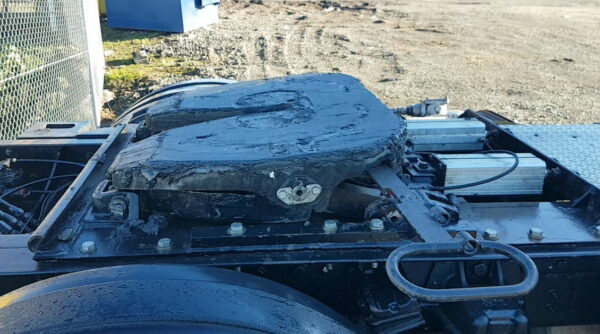
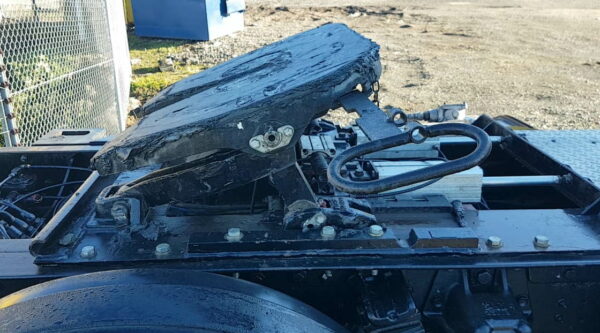
Height adjustment
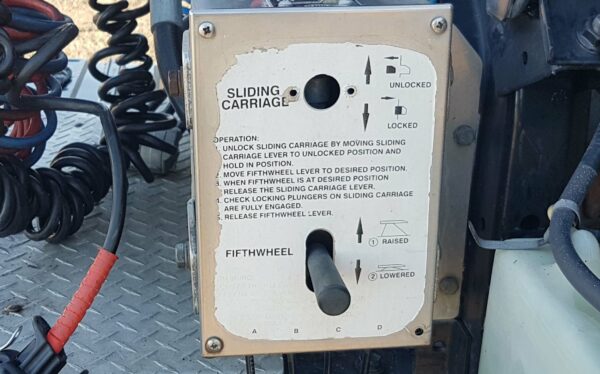
A dual height fifth wheel is controlled from a panel that’s usually behind the cab. This activates air rams which push a mechanism to lift the fifth wheel. These systems are vulnerable to tampering, so it’s important that a driver checks the settings after returning to the lorry.
The tractor unit must be stationary with the park brakes applied and no semitrailer connected.
Pull the locking handle out to disengage the locking pin mechanism, or there may be a switch or button to control the locking – change this to unlocked.
Push the lifting control button in the direction you want to move the fifth wheel (up or down). Your fifth wheel might just have two settings or it might be able to be left in any position between low and high.
If your fifth wheel has manual unlocking you may need to release a second stage lock and put the locking pins back into place – make sure they are all the way through and visible from the outside. If there’s a locking switch, activate it once you have finished. Then you can connect the trailer.
